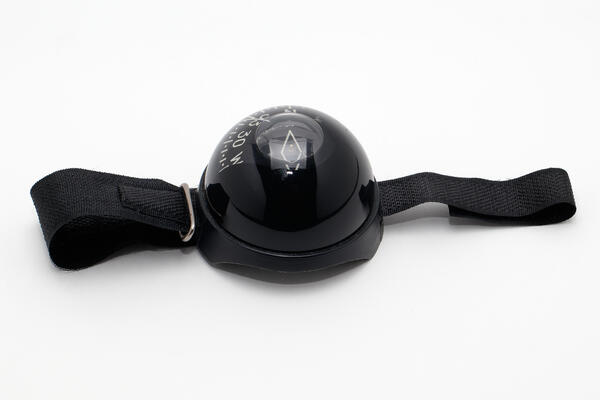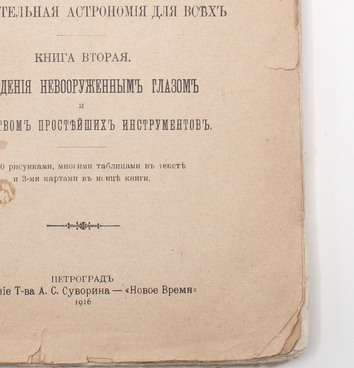The KM40-H1 compass was designed for sea and fresh water diving. It is capable of working in temperatures ranging from -30° all the way up to +60° C, with a maximum diving depth of 40 meters. The compass weighs no more than 150 grams.
The compass is a transparent vessel filled with a special non-flammable inert liquid. The vessel is mounted on top of a base attached to a textile strap. Inside the vessel is a magnetic element, a scale and an arrow pointer.
The magnetic needle — the ancestor of the modern compass — appeared about 3,000 years ago. There is still debate in the scientific community on who was the first to note the natural properties of the magnet. It could have been the Phoenicians, Chinese, Arabs, Normans or even ancient Maya, because a magnetic rod similar to the magnetic needle was found in Ecuador, which could be considered a prototype of the magnetic needle.
In Europe, the compass appeared after the 10th century which coincided with the beginning of the era of Great Geographical Discoveries. The 13th century saw the appearance of a compass made up of a dry pot, a magnetic needle and a compass card, with four cardinal directions: North, East, South and West — with North exactly matching the northern end of the needle. The spaces between the main points were divided into several equal parts.
In 17th-century Russia, the peoples from the north were most skilled at making compasses. They were round boxes 4–5 centimeters in diameter made of walrus bone which the Pomory kept in a leather pouch on their waist. Such a box featured a magnetic needle mounted on a bone stud in the center, with the compass card with metal needles attached from below. If the “metka” — as the Pomory called the compass — was not used at the moment, it was covered with a blind lid.
The Naval Charter of Peter I featured a passage about this kind of compass:





